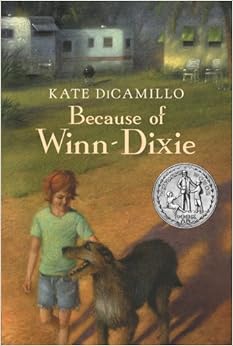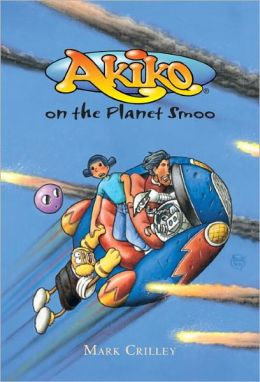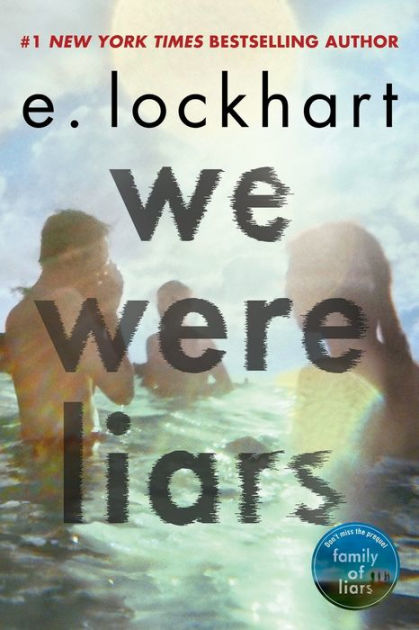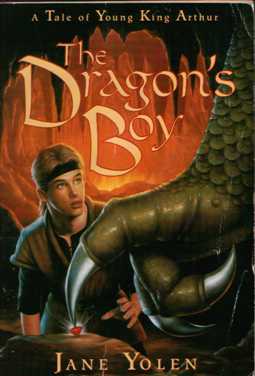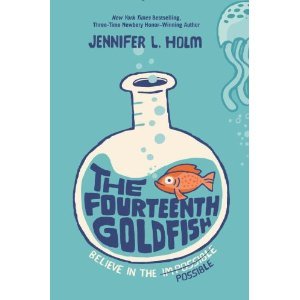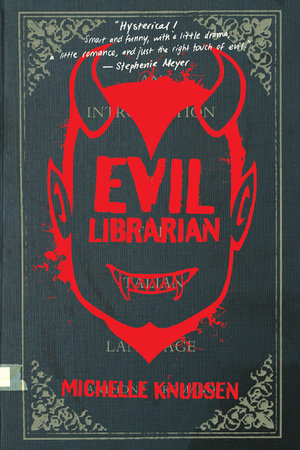 Confessions of a Murder Suspect
Confessions of a Murder SuspectJames Patterson and Maxine Paetro
Little Brown 2012
Grades 7-Up
Mystery
Tandy Angel is awaken in the middle of the night by the police banging on her New York City Dakota apartment door. Her rich and powerful parents have been murdered in their beds inside the apartment while their three children and personal assistant slept. An untrustworthy uncle is left in charge of the family, while the grown-up estranged brother re-enters the the family. The Angel offspring are not like normal children. They have super-human strength and intelligence. While two brothers exhibit incredible strength and athletic abilities, another brother is a musical and artistic protege. Tandy is the cleverest (and least emotional) of them all. It is up to her to find her parent's killers. Unfortunately, the main suspects are her own family members--including herself. Family secrets are slowly revealed, including the truth behind the Angel children's gifts, the real nature of their parents relationship, and Tandy's past, which is buried in her subconscious. By book's end the truth behind Malcolm and Maud Angel's deaths is uncovered, but more family mysteries have cropped up, leading the reader to run for the book's sequel: Confessions: the Private School Murders. Soon to be released in October is the third in the series Confessions: The Paris Mysteries.
It is no accident that James Patterson is the most successful American author alive today. His adult books are snatched up and devoured by devoted fans for their surprising plot twists, fast pace and high action. His books for young people exhibit the same characteristics. Patterson is passionate about getting young people to read. The books he writes for teens and kids (with help from other authors--otherwise there is no way he could churn out so many titles every year!) have excellent story lines and are addicting to read. In Confessions of a Murder Suspect Patterson offers young people what he writes best: a traditional mystery. What isn't traditional in mysteries for teens is the unreliable narrator, who we know is hiding something and in the back of our minds we think may be the killer. A lot of possible suspects are introduced, but not too many to be confusing. The conclusion of the mystery is satisfying, yet not too obvious. The unanswered questions popping up during the investigation naturally lead readers to the sequel while still giving them the satisfaction that the book concluded. Is Tandy a likable character? Not really, but she is very interesting, tough as nails, confident, and rich. Teens of both genders will eat this book up and adults will like it too. I only wish that the cover was a bit more ambiguous. A girl's picture on the cover will put off boys, even if she (or the book) isn't "girlie". Hopefully boys will overlook the cover and give it a try. They won't be disappointed. Patterson knows what readers want. Let's hope his deep well of ideas never runs dry and he can keep putting out entertaining and exciting books that keep teens (and adults) turning pages!

